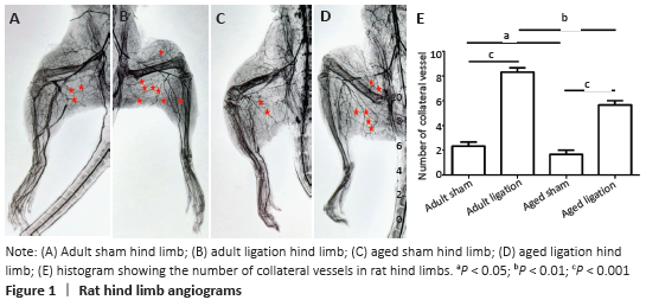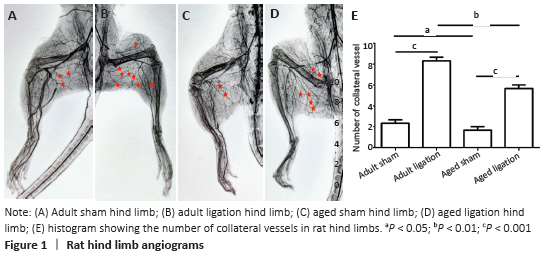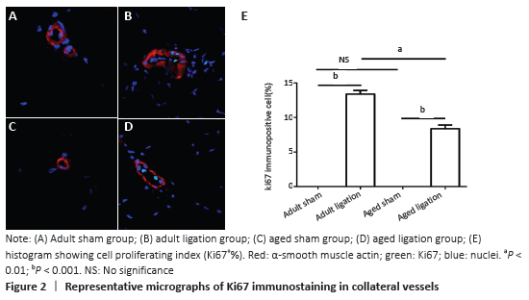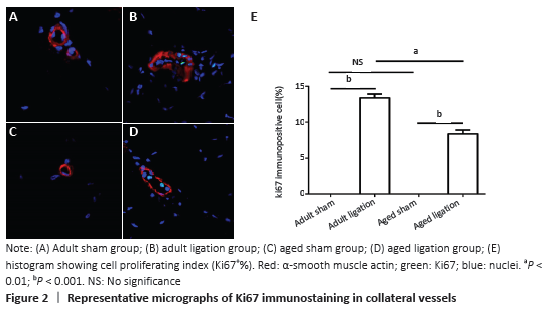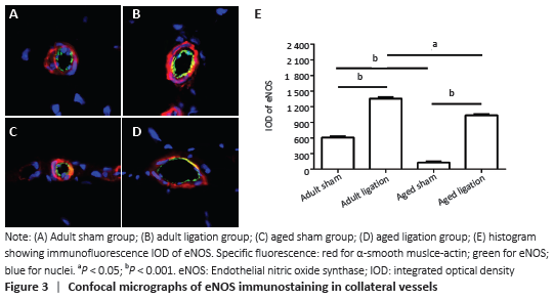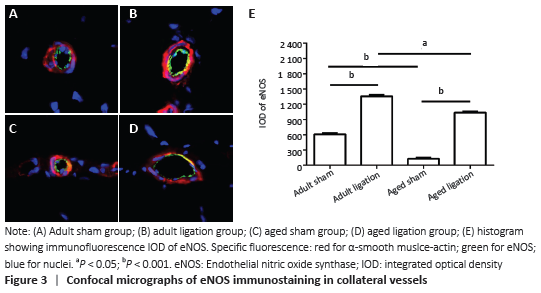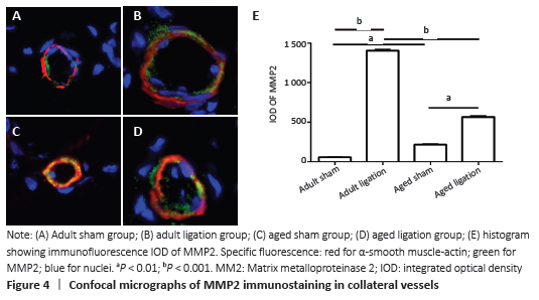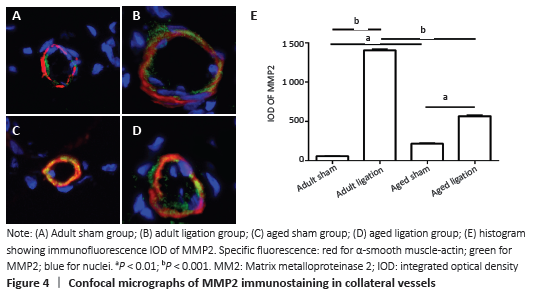[1] PEDELTY L, GORELICK PB. Management of hypertension and cerebrovascular disease in the elderly. Am J Med. 2008;121(8 Suppl):S23-31.
[2] FONAROW GC, REEVES MJ, ZHAO X, et al. Age-related differences in characteristics, performance measures, treatment trends, and outcomes in patients with ischemic stroke. Circulation. 2010;121(7):879-891.
[3] PADALIA A, SAMBURSKY JA, SKINNER C, et al. Percutaneous transluminal angioplasty with stent placement versus best medical therapy alone in symptomatic intracranial arterial stenosis: a best evidence review. Cureus. 2018;10(7):e2988.
[4] TAKEKAWA SD. Reappraisal of percutaneous transluminal laser angioplasty. Laser Ther. 2017;26(4):261-273.
[5] NORGREN L, HIATT WR, DORMANDY JA, et al. Inter-Society Consensus for the Management of Peripheral Arterial Disease (TASC II). J Vasc Surg. 2007;45 Suppl S:S5-67.
[6] FULTON WF. The time factor in the enlargement of anastomoses in coronary artery disease. Scott Med J. 1964;9:18-23.
[7] ZOLL PM, WESSLER S, SCHLESINGER MJ. Interarterial coronary anastomoses in the human heart, with particular reference to anemia and relative cardiac anoxia. Circulation. 1951;4(6):797-815.
[8] FULTON WF. Anastomotic enlargement and ischaemic myocardial damage. Br Heart J. 1964;26:1-15.
[9] SCHAPER W, SCHOLZ D. Factors regulating arteriogenesis. Arterioscler Thromb Vasc Biol. 2003;23(7):1143-1151.
[10] LIU X, LIU Z, CHEN J, et al. Pigment epithelium-derived factor increases native collateral blood flow to improve cardiac function and induce ventricular remodeling after acute myocardial infarction. J Am Heart Assoc. 2019;8(22):e013323.
[11] ZHAO S, LIU W, FENG C, et al. Effect and molecular mechanisms of collateral vessel growth mediated by activation of transient receptor potential vanilloid type 1. J Vasc Res. 2020;57(4):185-194.
[12] TROIDL K, HAMMERSCHICK T, ALBARRAN-JUAREZ J, et al. Shear stress-induced mir-143-3p in collateral arteries contributes to outward vessel growth by targeting collagen V-α2. Arterioscler Thromb Vasc Biol. 2020;40(5):e126-e137.
[13] HOLLANDER MR, JANSEN MF, LHGA H, et al. Stimulation of collateral vessel growth by inhibition of galectin 2 in mice using a single-domain llama-derived antibody. J Am Heart Assoc. 2019;8(20):e012806.
[14] HIRSCH AT. Critical limb ischemia and stem cell research: anchoring hope with informed adverse event reporting. Circulation. 2006;114(24): 2581-2583.
[15] ROSENZWEIG A. Cardiac cell therapy--mixed results from mixed cells. N Engl J Med. 2006;355(12):1274-1277.
[16] YINJUAN T, JIANJUN W, YINGLU G, et al. Effect of atorvastatin on LOX-1 and eNOS expression in collateral vessels of hypercholesterolemic rats. Nan Fang Yi Ke Da Xue Xue Bao. 2019;39(11):1265-1272.
[17] SUN N, NING B, BRUCE AC, et al. In vivo imaging of hemodynamic redistribution and arteriogenesis across microvascular network. Microcirculation. 2020;27(3):e12598.
[18] FADINI GP, SPINETTI G, SANTOPAOLO M, et al. Impaired regeneration contributes to poor outcomes in diabetic peripheral artery disease. Arterioscler Thromb Vasc Biol. 2020;40(1):34-44.
[19] FUJITA K, TANAKA K, YAMAGAMI H, et al. Detrimental effect of chronic hypertension on leptomeningeal collateral flow in acute ischemic stroke. Stroke. 2019;50(7):1751-1757.
[20] ZHANG H, JIN B, FABER JE. Mouse models of Alzheimer’s disease cause rarefaction of pial collaterals and increased severity of ischemic stroke. Angiogenesis. 2019;22(2):263-279.
[21] YANG BL, WU S, WU X, et al. Effect of shunting of collateral flow into the venous system on arteriogenesis and angiogenesis in rabbit hind limb. Acta Histochem Cytochem. 2013;46(1):1-10.
[22] LUO MY, YANG BL, YE F, et al. Collateral vessel growth induced by femoral artery ligature is impaired by denervation. Mol Cell Biochem. 2011;354(1-2):219-229.
[23] ITO WD, ARRAS M, WINKLER B, et al. Monocyte chemotactic protein-1 increases collateral and peripheral conductance after femoral artery occlusion. Circ Res. 1997;80(6):829-837.
[24] RIVARD A, FABRE JE, SILVER M, et al. Age-dependent impairment of angiogenesis. Circulation. 1999;99(1):111-120.
[25] WESTVIK TS, FITZGERALD TN, MUTO A, et al. Limb ischemia after iliac ligation in aged mice stimulates angiogenesis without arteriogenesis. J Vasc Surg. 2009;49(2):464-473.
[26] LI Y, ZHENG J, BIRD IM, et al. Effects of pulsatile shear stress on nitric oxide production and endothelial cell nitric oxide synthase expression by ovine fetoplacental artery endothelial cells. Biol Reprod. 2003;69(3):1053-1059.
[27] DAI X, FABER JE. Endothelial nitric oxide synthase deficiency causes collateral vessel rarefaction and impairs activation of a cell cycle gene network during arteriogenesis. Circ Res. 2010;106(12):1870-1881.
[28] RAFFETTO JD, KHALIL RA. Matrix metalloproteinases and their inhibitors in vascular remodeling and vascular disease. Biochem Pharmacol. 2008;75(2):346-359.
[29] CHENG XW, KUZUYA M, NAKAMURA K, et al. Mechanisms underlying the impairment of ischemia-induced neovascularization in matrix metalloproteinase 2-deficient mice. Circ Res. 2007;100(6):904-913.
[30] HAAS TL, DOYLE JL, DISTASI MR, et al. Involvement of MMPs in the outward remodeling of collateral mesenteric arteries. Am J Physiol Heart Circ Physiol. 2007;293(4): H2429-H2437.
|
